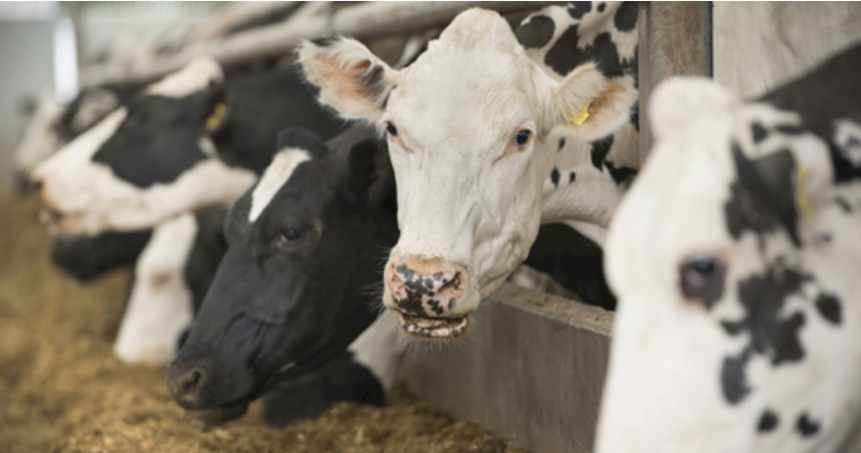ABB provides automated hardware and software for Scottish cattle feed additive production plants to help reduce methane emissions.
The factory will produce a fast-acting additive that has been licensed in more than 65 countries, which helps to reduce methane emissions from cattle.
This project aims to support global efforts to reduce methane in the atmosphere.
ABB https://heiautomation.com/product/has been selected by dsm-firmenich, an expert in animal nutrition and health, to provide automation and electrical systems for the cattle feed additive production facility in Dalry, 40 kilometers west of Glasgow, Scotland, in order to support the methane reduction targets in the livestock industry. ABB’s solutions will enhance engineering efficiency, operator efficiency and asset utilization.
Bovaer®(Bovaer®) is an innovative methane-reducing feed additive for cattle launched by DSM Fenmenyi, with a research and development period of over 15 years. This project will expand the global production of Bovaer®(Bovaer®). DSM Fenmenyi pointed out that using a quarter teaspoon of Bovaer®(bovaer ®) per dairy cow daily can reduce ruminant methane emissions by an average of 30%, and the reduction effect on beef cattle is even more significant, reaching 45%. This will significantly reduce the environmental impact of dairy products and meat products.
Each year, approximately 600 million tons of methane are emitted into the atmosphere, among which the livestock industry contributes about 32% of the methane emissions. Reducing these emissions is crucial for achieving the goal of keeping global warming below 1.5°C as set out in the Paris Agreement.
“Bovaer®(Bovaer®) has been used by farmers in multiple markets for over two years, reducing methane emissions by a total of 300,000 tons of carbon dioxide equivalent.” This production facility will become the first large-scale production plant of Bovaer®(Bovaer®). We look forward to expanding our cooperation with the dairy and beef cattle value chain through this, and contributing to reducing emissions and actively responding to climate change. Mark van Nieuwland, senior vice president of Bovaer®(Bovaer®) at DSM Firmenich, said. By leveraging ABB’s https://heiautomation.com/expertise in automation, we can accelerate the promotion and application of Bovaer®(Bovaer®), thereby significantly reducing methane emissions on a large scale and supporting global efforts to address climate change.
This project is a continuation of the existing cooperation between the two sides. ABB will provide all the automation hardware and software, including the ABB Ability™ System 800xA® distributed control system. The scope of work also covers IT and OT networks, network security, closed-circuit television systems for process monitoring, motor control centers, and frequency converters. ABB expects to complete the on-site engineering in November 2025, after which the factory will be officially put into operation.
Per-Erik Holsten, president of ABB’shttps://www.youtube.com/@%E6%9B%BE%E6%85%A7%E5%A9%B7-z6j Energy Industry, said: “Sixty percent of global methane emissions come from human activities. Reducing emissions is crucial for achieving global climate goals.” We are honored to participate in this project that can significantly reduce methane emissions.
Methane is the second largest greenhouse gas causing global warming after carbon dioxide. Although it has a stronger greenhouse effect, its lifespan in the atmosphere is only about 12 years, which makes controlling methane a key entry point in addressing climate change. At present, more than 150 countries have signed the Global methane commitment, committing to reducing global methane emissions by at least 30% by 2030.
Bovaerhttps://heiautomation.com/contact-us/®(Bovaer®) has been launched in over 65 countries worldwide, including Europe, the United Kingdom, the United States, Australia, Brazil, Chile, Japan and South Korea. Meanwhile, extensive tests have been conducted in over 130 agricultural experiments carried out in more than 20 countries, and over 80 peer-reviewed scientific papers have been published.
